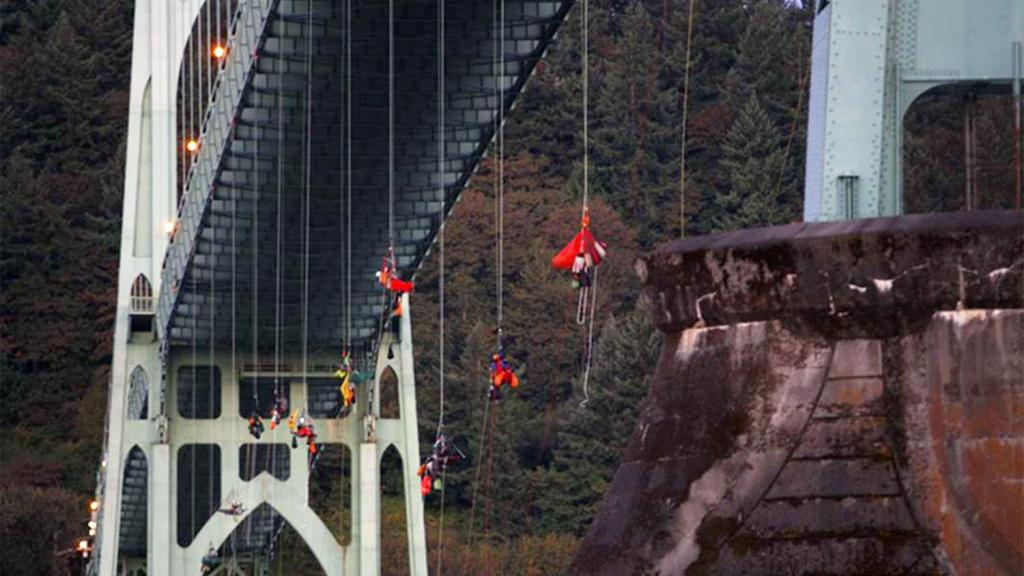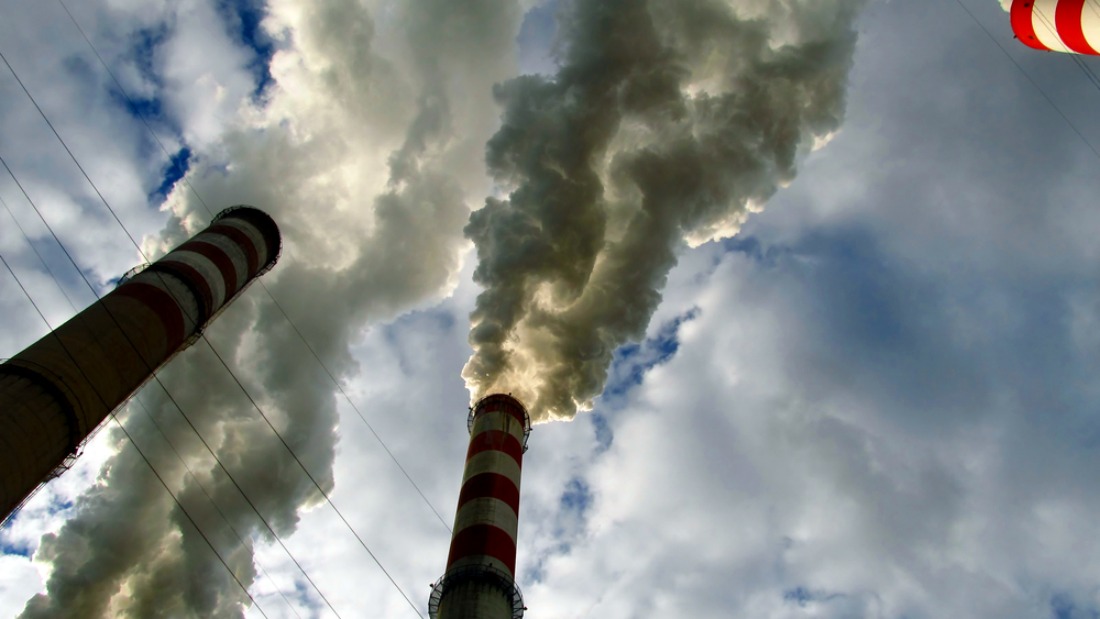Like pigeons to bread crumbs, climate hawks have been pecking for final details on President Obama’s Clean Power Plan. Now, in what is perhaps slightly more loaf than crumb, there’s some actual news: Sources familiar with the plan report that the timeline for its implementation will likely be extended.
The plan, which is expected to be finalized next week, will require CO2 emission cuts from coal-fired power plants and will allow states to craft their own strategies for reaching specific emissions targets. The original proposal, released last June, asked for states to begin making cuts by 2020. Sources now suggest the date will be pushed out to 2022. States are also expected to be given an extra year, up from 2017 to 2018, to submit their action plans.
The extended timeline could give rise to a potential problem: The United States just told the U.N. that it would reduce its greenhouse gas emissions by 26–28 percent of 2005 levels by 2025. Which is pretty soon — especially if states have longer to curb their power plant emissions. The Clean Power Plan is a major mechanism for hitting the target the U.S. submitted to the U.N., so the more time states have to draw up and adhere to new standards, the more difficult it could be for the country to follow through on its pledge.
The U.S.’s commitment, submitted in advance of the climate negotiations that will take place in Paris this December, is regarded as ambitious but achievable by those familiar with the lay of the emissions landscape. Referred to in climate negotiation parlance as an Intended Nationally Determined Contribution (INDC), the U.S.’s emissions target is one of 22 pledges (of varying degrees of ambition) put forth by countries around the world and the European Union. Success of the INDC process — and of the Paris negotiations in general — hinges on participating countries’ abilities to implement their pledges at home. Uncertainty around the Clean Power Plan’s implementation demonstrates again the tight coupling between international negotiations and domestic politics.
As The New York Times notes, the Clean Power Plan has already been subject to a steady stream of Republican and industry attacks:
Several coal-producing states and business groups like the United States Chamber of Commerce are already preparing to file suit against the rules, in a legal clash that is widely expected to end up before the Supreme Court.
The looser deadline came after states and electric utilities spent months appealing to the E.P.A. for more time to comply. The leaders of major electric utilities warned that the tighter timeline could threaten electric reliability, saying that the race to shut down polluting plants and rapidly replace them with wind and solar plants and miles of new transmission lines could lead to rolling blackouts and brownouts.
Conservatives and the utility industry have also been warning that electric bills could soar under the plan, disproportionately affecting the poor. A recent report, however, suggested that early state compliance with the plan coupled with clean energy investment and energy efficiency action could actually reduce residential electricity bills. Another report by a coalition of smart grid and energy companies from earlier this year argued that GOP and industry warnings about grid reliability are overstated, and that plenty of strategies exist to avoid blackouts.
Without knowing further details, though, it’s difficult to say whether the date extension will constitute a net weakening of the new power plant rules. Anonymous officials familiar with the discussions told The New York Times that the extended timeframe could be balanced by tighter requirements in other sections of the plan. The final plan might also include incentives for states to beat the deadlines. We could find out as early as Monday.



